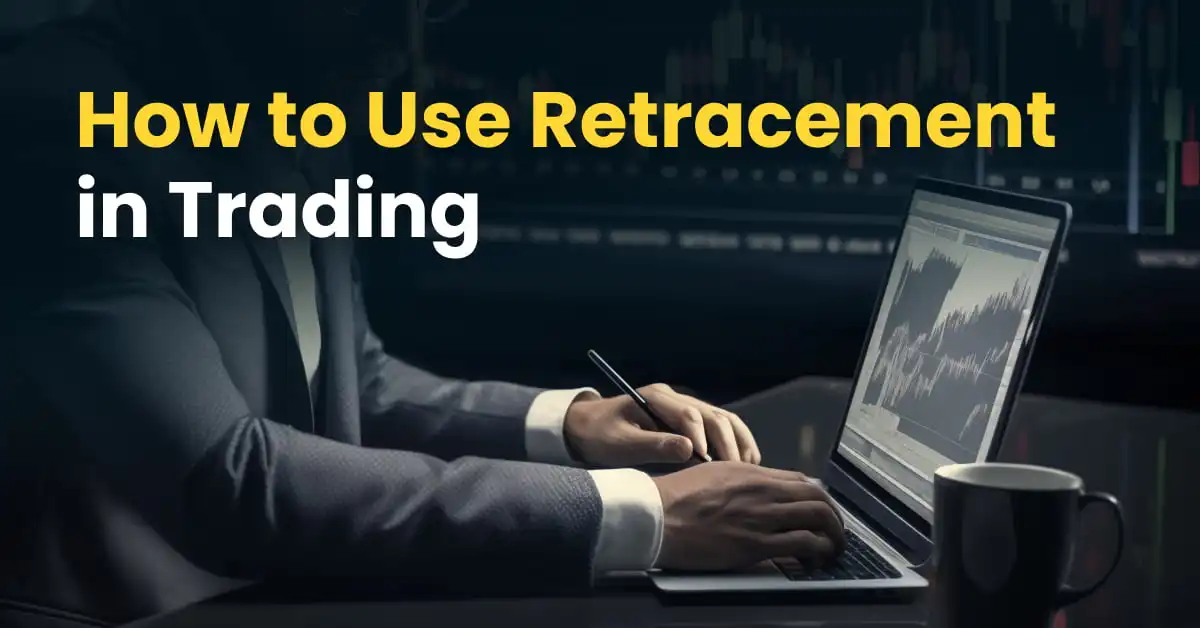简体中文
繁體中文
English
Pусский
日本語
ภาษาไทย
Tiếng Việt
Bahasa Indonesia
Español
हिन्दी
Filippiiniläinen
Français
Deutsch
Português
Türkçe
한국어
العربية
How to Not Fail During Bear Market in 4 Tricks Pt. 1
Abstract:What would you do if you were trapped during market decline for as much as 20%? Worse, the stock market could actually decline further to 5% more during the bear market.

At this time, major investors missed to notice that they were actually in the bear market until they lost money. So, here are the most important tricks you could do to shield from loss and more importantly keep making profit during bear markets.
The first is dollar-cost averaging or DCA. These are actually investment tricks where investors could divide their invested amount across periodic purchases. This effort could help investors reduce the impact of volatility in mostly overall purchase. Dollar-cost averaging strategy allows investors to make and manage purchases of equities at the best prices. In addition, DCA actually has another name, it is the constant dollar plan. Therefore, investors should have a plan about where and when they must invest.
In other words, regardless of price, this practice invests in equal amounts over the regular intervals. Basically, the goal of dollar-cost averaging is to shield the investors from the overall impact of volatility. This is important to protect target asset prices. The reason is because the price varies each time during investments.
The second is calibrate risk. Calibrate risk is the best solution for this condition: basically no amount of dollar-cost averaging can get around the fact that workers with higher balance could survive the bear market more. Meanwhile, older plan participants do not have time to fix the loss before retirement. So, there is actually a big gap between the groups. It means that investors must have a retirement approach to a bear market more than a younger worker with smaller account balance.

Disclaimer:
The views in this article only represent the author's personal views, and do not constitute investment advice on this platform. This platform does not guarantee the accuracy, completeness and timeliness of the information in the article, and will not be liable for any loss caused by the use of or reliance on the information in the article.
Read more

How to Use Retracement in Trading
Understanding retracement is essential for strategic trading. In today’s article, we will focus on the retracement is a temporary, short-lived pullback in the price of a financial instrument, like a stock or an index, that occurs within a larger, established trend. Think of it as a brief pause or a correction before the market continues its original movement. Unlike a trend reversal, which signals a fundamental shift in direction, a retracement represents a temporary deviation that doesn't jeopardize the long-term trend.

What Is Indices in Forex? A Beginner’s Guide to Trading Forex Indices
Understand what indices in forex are, how DXY works, key differences vs pairs, pros/cons, and where to trade CFDs—beginner-friendly, expert-backed guide.

Malaysian Finfluencers Could Face RM10 Million Fine or 10 Years in Prison!
A new regulatory measure by the Securities Commission Malaysia (SC) is set to change the country’s online trading and financial influencer landscape. Starting 1 November 2025, any trader or influencer caught promoting an unlicensed broker could face a fine of up to RM10 million, a prison sentence of up to 10 years, or both.

Juno Markets: A Closer Look at Its Licenses
When selecting a broker, understanding its regulatory standing is an important part of assessing overall reliability. For traders seeking to protect their capital, ensuring that a platform operates under recognised and stringent oversight can make all the difference. Keep reading to learn more about Juno Markets and its licenses.
WikiFX Broker
Latest News
Scam Alert: Know the Risky Side of InstaForex in India
Going to Invest in FXCL? Move Back to Avoid Scams & Losses
What Is Forex Trading Fee? A Beginner’s Guide
Understanding UAE’s Financial Market Regulation: SCA and DFSA
What Is Indices in Forex? A Beginner’s Guide to Trading Forex Indices
FBI Issues Urgent Warning on Crypto Recovery Scams
Robinhood Moves Toward MENA Expansion with Dubai DFSA License Application
How to Use Retracement in Trading
CySEC warns the public against 17 investment websites
IBKR Lite Singapore Debuts with Zero-Commission US Stock Trading
Currency Calculator


